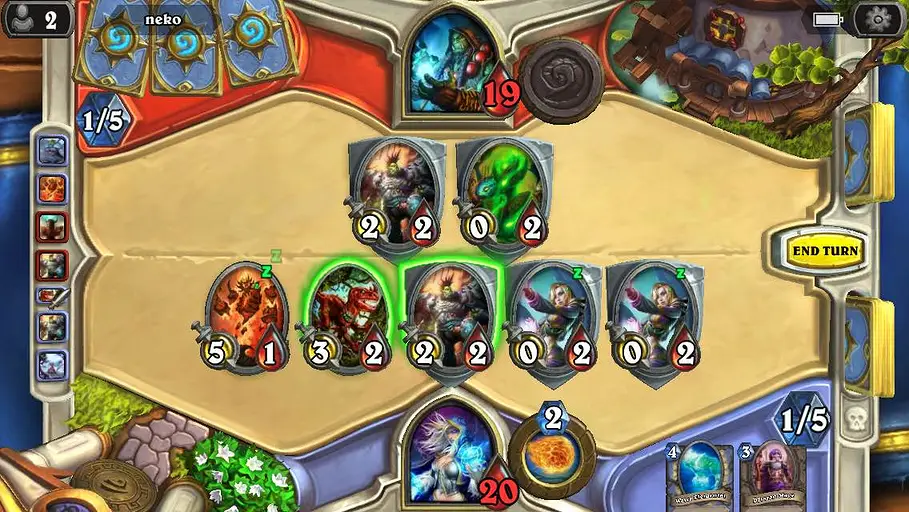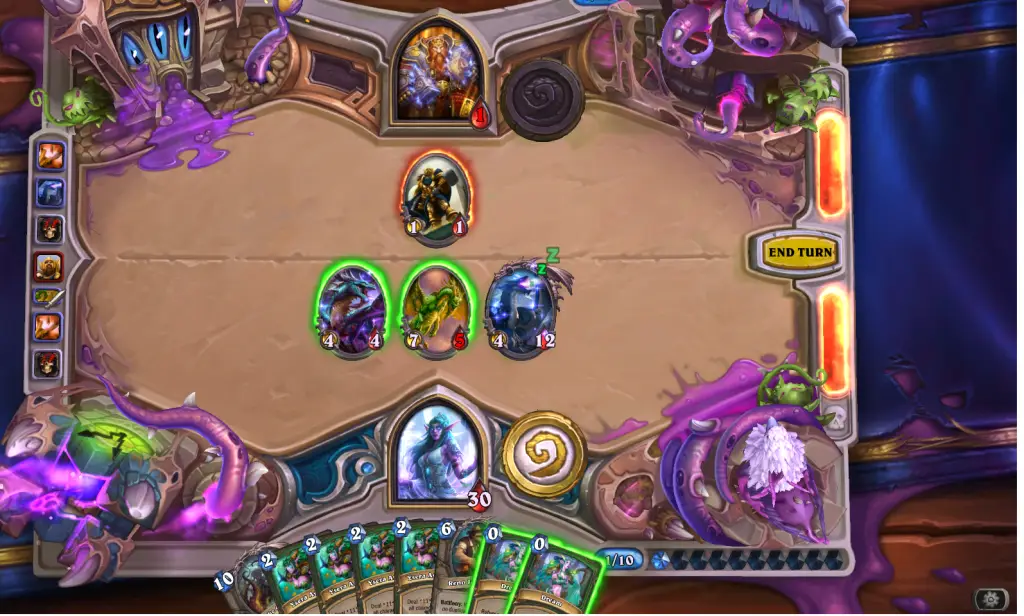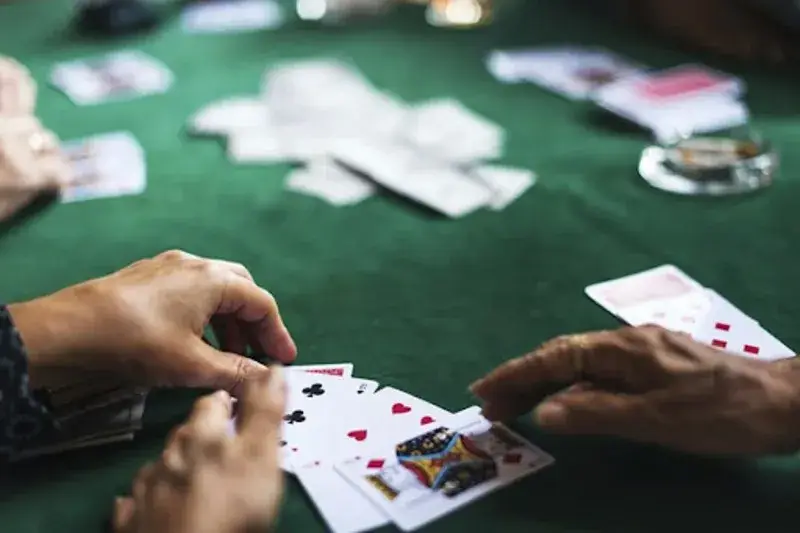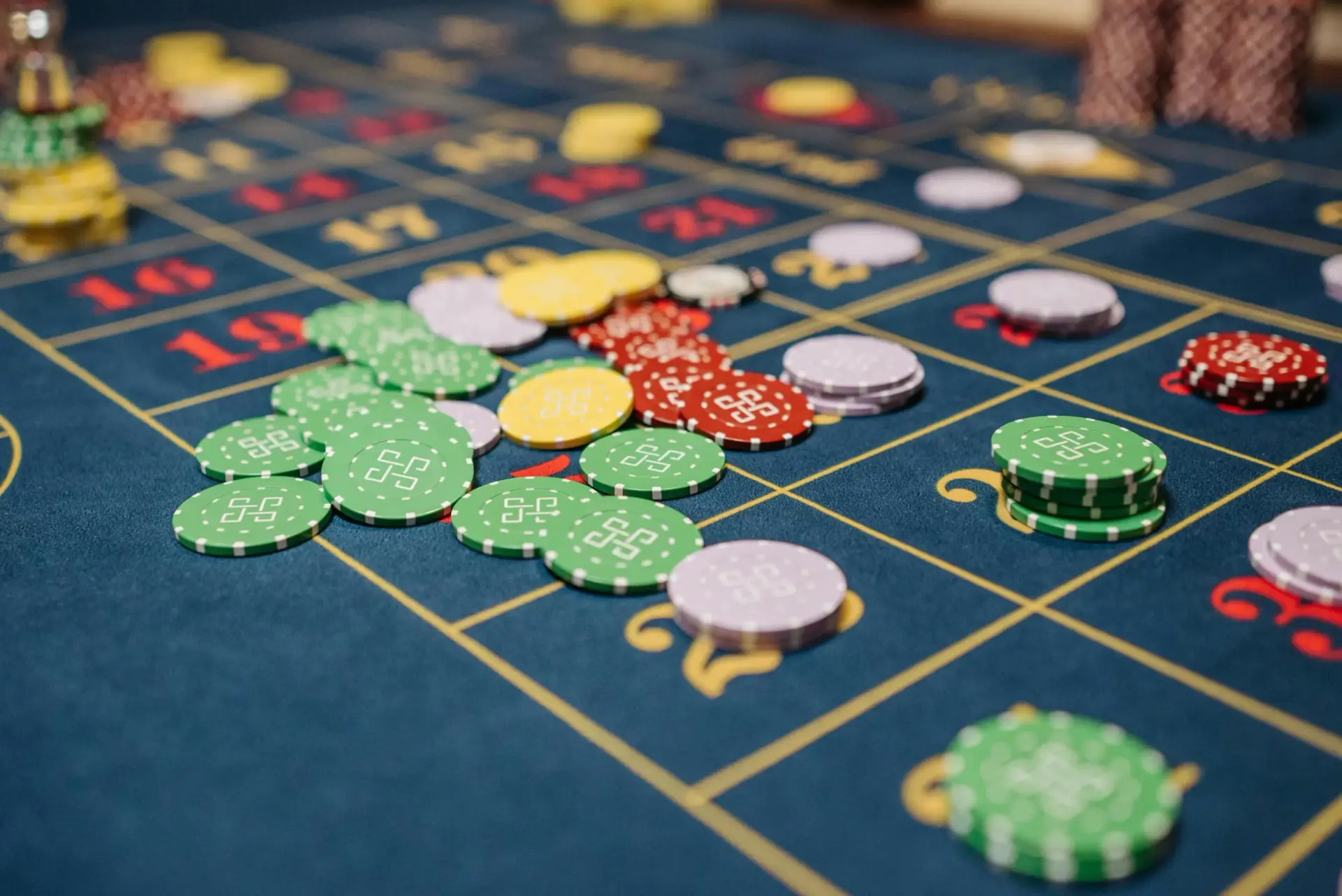The card game Hearthstone has held players’ attention since its launch and remains one of the most popular KKIs. Its simple mastery, tactical depth and variety of classes and cards provide a balance that appeals to both newcomers and veterans of the genre. Despite years of competition and changes in the gaming industry, XC remains relevant and is still the choice of millions of users around the world.
Hearthstone analysis: reasons for the popularity of the card game
The basis of the format is exciting and intuitive gameplay, in which two opponents fight with pre-prepared decks. Competent resource management, tactical thinking and knowledge of class features are important in every game. Over time, game mechanics have become more complex and new modes, card collections and formats have appeared, but the basic process has remained accessible and understandable.
Advantages:
- Accessibility. Unlike other card games, Hearthstone offers a clear and easy-to-learn interface. Beginners quickly grasp the rules and the built-in tutorial system helps to master basic mechanics.
- Constant updates. Regular additions with new cards and balance changes ensure that the game does not stagnate. This keeps players interested and forces them to adjust their strategies and update their decks.
- Different styles. Each class offers specific mechanics, allowing you to choose the format that suits you best. Some prefer aggressive decks with quick attacks, while others prefer control strategies with gradual domination of the table.
Hearthstone cards: variety and balance
 Hearthstone’s card system is based on collecting and combining cards to create strong decks. Each addition brings new mechanics and opportunities to experiment in the process.
Hearthstone’s card system is based on collecting and combining cards to create strong decks. Each addition brings new mechanics and opportunities to experiment in the process.

Card types:
- Creatures – basic units with different properties and effects.
- Spells – direct, game-changing effects.
- Weapons – reinforcements for heroes that allow them to attack directly.
- Heroes – represent classes and have unique abilities.
The balance of cards is adjusted regularly to prevent one strategy from dominating the others. This keeps the level of competition high and ensures that each addition brings new tactical options.
Hearthstone classes: unique card games
Hearthstone’s class system is borrowed from the Warcraft universe. The game has 11 classes, each with an original style, spells and mechanics.
Examples:
- Mage – attacks with powerful spells while controlling the table.
- Warrior – has strong survivability and effective defence mechanics.
- Bandit – relies on stealth attacks, combos and misdirection.
- Priest – uses healing and control.
- Hunter – plays aggressively and uses creatures and spells to inflict quick damage.
Hearthstone game modes: from classic card games to experimentation
The variety of game modes makes the Hearthstone card game universal for different categories of players. Some prefer competitive games, others are looking for unconventional mechanics and still others enjoy single-player adventures.
Classic formats include the use of cards from the latest expansions, creating a dynamic and ever-changing meta-session. Here, participants must adapt to the changes, try out new strategies and adjust their decks to the balance of the game.
Alternative modes allow you to go beyond traditional play. In the free state format, all cards ever released in Hearthstone are allowed. This opens the door for experimentation and allows you to build powerful combinations not available in the standard variant. Here, it is also harder to compete with experienced players with a full collection of cards.
The Hearthstone Battlefield offers a completely different gaming experience, as it combines elements of the card game and the strategy genre. There are no conventional decks in this format and a game session is more like a game of chess, where proper resource allocation, thoughtful reinforcement of characters and understanding of the meta-session are important. The arena creates a unique environment for each match and offers the opportunity to assemble a random deck and test your skills in unconventional situations.

The PvE modes allow you to explore the game world without going up against other participants. Mercenaries focuses on character development, turn-based battles and constantly upgrading your heroes. This mode offers a campaign reminiscent of RPG strategy, where it is not only important to choose the right team composition, but also to exploit the skills of current characters.
Donations in Hearthstone: do they affect the balance sheet?
The financial model of the card game Hearthstone is based on a system of internal purchases. As in many KKIs, new cards can be obtained in exchange for in-game currency or real money. Buying card packs allows you to build strong decks faster, making it easier to compete at the highest level. But even if you play regularly without investing, you can gradually build the cards you need by using the crafting system and earning rewards for completing tasks.
The debate about the impact of donations on balance remains a hot topic among players. Some believe it is impossible to compete at the top of the leaderboard without financial investment, as metadecks require certain cards. Others point out that Hearthstone offers mechanics that allow competitive deckbuilding without donations, albeit with some limitations. The game’s regular events, gift card sets and balance mechanisms make the format accessible even to those who don’t want to spend real money.
The card game Hearthstone remains one of the most popular KKIs, largely due to its flexibility. The variety of game modes, upgrade system, tactical depth and accessibility create a balance that appeals to newcomers and experienced players alike.
Conclusion
 The card game Hearthstone continues to attract millions of users thanks to its harmonious combination of strategy, collecting and dynamic gameplay. Classes, modes, maps and regular updates make it relevant despite the competition. For newcomers, it’s a great way to explore the world of CCi, while for veterans it’s a chance to try out new mechanics and strategies.
The card game Hearthstone continues to attract millions of users thanks to its harmonious combination of strategy, collecting and dynamic gameplay. Classes, modes, maps and regular updates make it relevant despite the competition. For newcomers, it’s a great way to explore the world of CCi, while for veterans it’s a chance to try out new mechanics and strategies.
 en
en  ru
ru  de
de  ar
ar  es
es  nl
nl  hi
hi  fr
fr  it
it  pt
pt  el
el 












